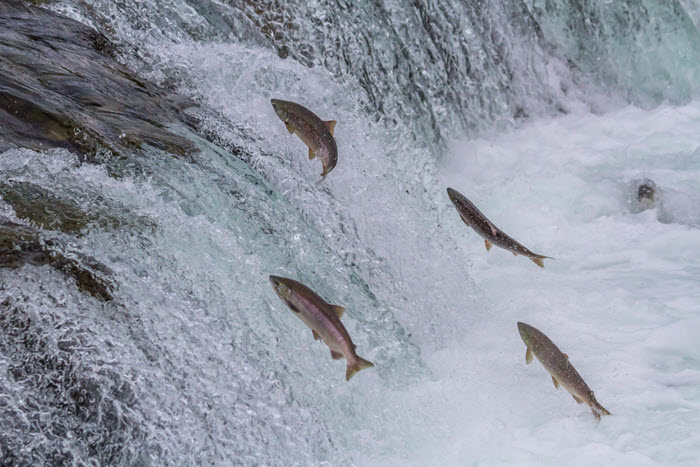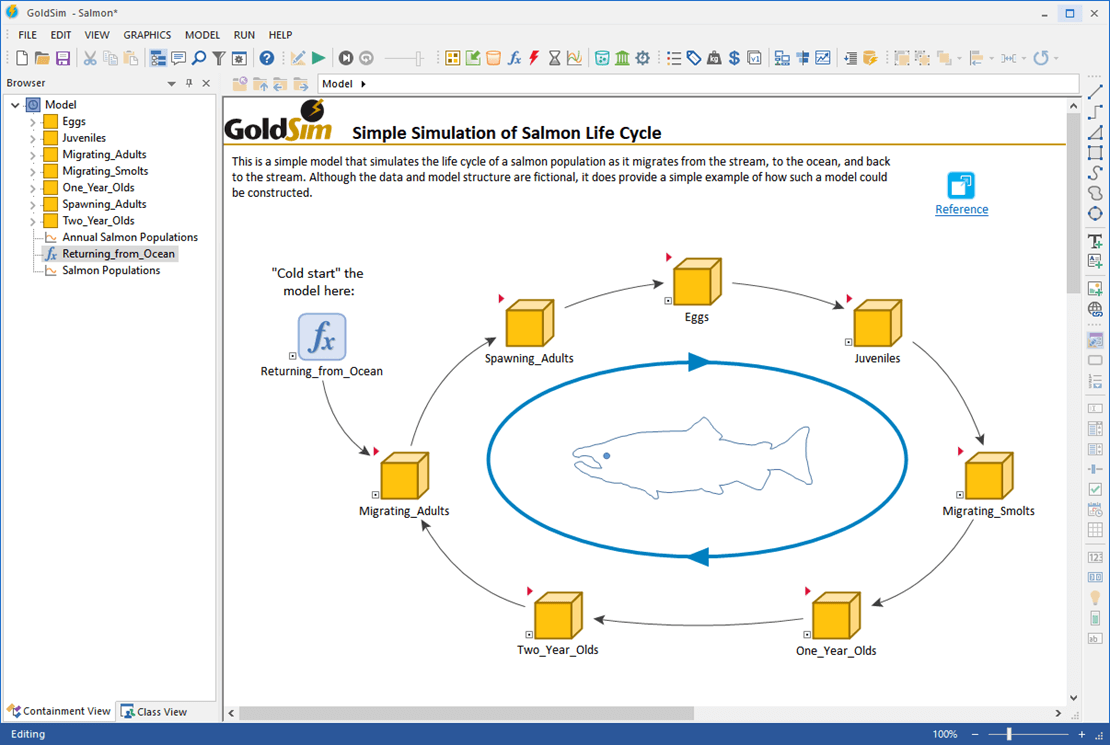Environmental Systems Applications
Ecological & Biological
Ecosystem and Biological Systems Modeling

Predicting behavior of ecological and biological systems is inherently complex and uncertain since they involve systems made up of many component parts that are interrelated, the components interact in complex ways with numerous feedback mechanisms, and in many cases, the systems are poorly characterized. In addition, such systems are often controlled by stochastic variables (i.e., precipitation, temperature) and involve uncertain processes, parameters, and events.
The challenge when evaluating such systems is to find an approach that can incorporate all the knowledge available to planners and scientists into a quantitative framework that can be used to predict the outcome of alternative management approaches, policies and plans. To be effective, the framework needs to be both flexible (so that it can accurately represent the systems) and transparent (so the models can be easily explained to decision-makers and stakeholders).

By combining the power and flexibility of a general-purpose and highly-graphical probabilistic simulation framework with specialized modules to support water quality modeling, GoldSim allows you to create realistic models of complex, real-world multi-media environmental systems for ecological and biological modeling. Using Monte Carlo simulation, you can explicitly represent the uncertainty inherent is these systems in order to carry out risk analyses, evaluate potential environmental impacts, and make better resource management decisions. GoldSim has the power and flexibility to build ‘total system” models of many kinds of ecological or biological systems, ranging from individual organisms to wetlands or entire ecosystems.
Some biological and ecological applications with GoldSim utilize the GoldSim CT (Contaminant Transport) Module, which includes specialized and powerful elements for the simulation of mass transport (e.g., of nutrients or contaminants) within a range of environmental media. Others require only those elements available in the basic GoldSim framework.
